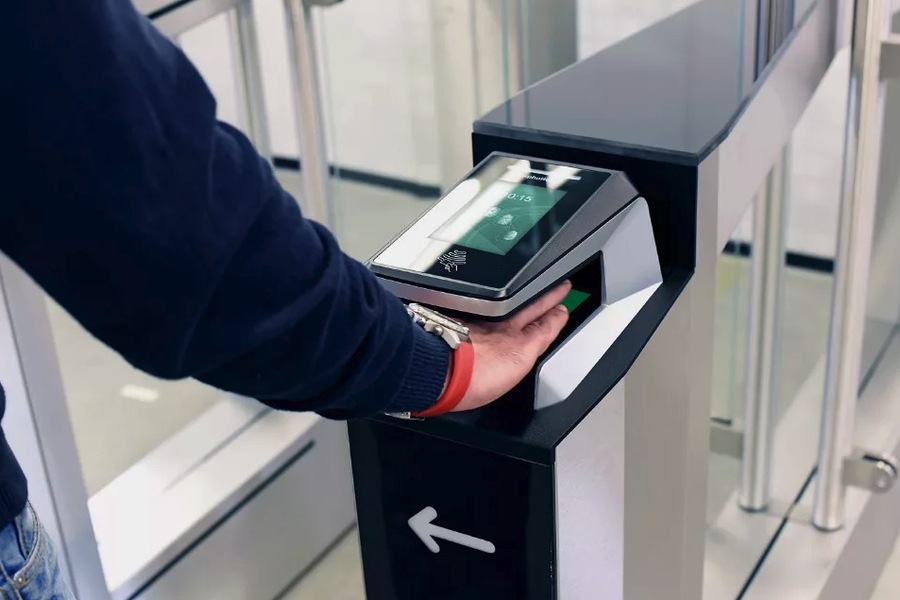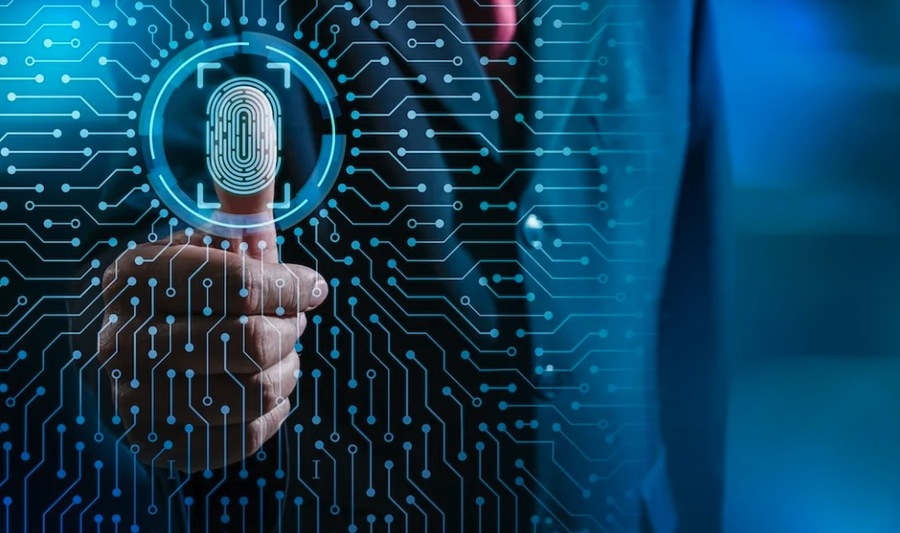In an era where digital transformation is reshaping industries, banking is at the forefront of adopting new technologies to enhance security and user experience. One of the most significant advancements in this domain is the integration of biometrics and tokens. These technologies are poised to revolutionize digital banking for banks such as Liv Bank by providing seamless and secure transactions, addressing the growing concerns over fraud and identity theft.
Understanding Biometrics in Banking
Biometrics refers to the use of unique physical or behavioral characteristics to verify an individual’s identity. Common biometric modalities include fingerprints, facial recognition, voice recognition, and iris scans. These methods offer a high level of security because they are difficult to replicate or steal, unlike traditional passwords or PINs.
Types of Biometrics
- Fingerprint Recognition: One of the most widely used biometric technologies, fingerprint recognition, involves capturing the unique patterns of ridges and valleys on a person’s fingertip. It is popular due to its high accuracy and relatively low cost.
- Facial Recognition: This technology analyzes the unique features of a person’s face, such as the distance between the eyes, nose, and mouth. It is increasingly used in smartphones and banking apps for quick and secure authentication.
- Voice Recognition: Voice recognition systems identify individuals based on their vocal characteristics. This method is particularly useful for phone banking and customer service interactions.
- Iris Scanning: Iris scanning involves capturing the intricate patterns of the iris, the colored part of the eye. It is highly accurate but more expensive and less commonly used than other biometric methods.

The Role of Tokens in Banking
Tokens are another crucial component in enhancing banking security. A token is a digital representation of sensitive information, such as a bank account number or a credit card number. Tokens can be used to protect data during transactions, making it difficult for cybercriminals to access or misuse the information.
Types of Tokens
- Hardware Tokens: Physical devices, such as USB keys or smart cards, generate a one-time code that users need to enter along with their password. These tokens provide an extra layer of security, especially for high-value transactions.
- Software Tokens: These are digital codes generated by software applications. They can be sent via SMS or generated by an app on a user’s smartphone. Software tokens are convenient and widely used for two-factor authentication (2FA).
- Mobile Tokens: Mobile tokens leverage the secure elements in smartphones, such as the SIM card or a dedicated security chip, to generate and store tokens. They offer a seamless user experience while maintaining high security.
Advantages of Biometrics and Tokens in Banking
Enhanced Security
The primary advantage of using biometrics and tokens in banking is the significant improvement in security. Biometrics are inherently secure because they rely on unique physical or behavioral traits that are difficult to forge or steal. Tokens add an extra layer of protection by replacing sensitive information with a digital identifier that is useless to hackers without the corresponding decryption mechanism.
Improved User Experience
Biometrics and tokens also enhance the user experience by simplifying the authentication process. Instead of remembering complex passwords or carrying physical tokens, users can quickly and easily authenticate themselves using their fingerprint, face, or voice. This convenience is particularly beneficial for mobile banking, where ease of use is paramount.
Reduced Fraud and Identity Theft
By making it more difficult for fraudsters to impersonate legitimate users, biometrics and tokens help reduce the incidence of fraud and identity theft. Biometric data is unique to each individual, making it much harder for criminals to gain unauthorized access to accounts. Tokens, meanwhile, ensure that even if transaction data is intercepted, it cannot be used without the corresponding decryption key.
Challenges and Considerations
While biometrics and tokens offer numerous benefits, there are also challenges and considerations that banks need to address to ensure their successful implementation.
Privacy Concerns
The use of biometric data raises significant privacy concerns. Biometric information is highly personal, and if it is compromised, the consequences can be severe. Banks must implement robust security measures to protect this data and ensure that it is used only for its intended purpose. Additionally, they need to be transparent with customers about how their biometric data will be used and stored.
Accuracy and Reliability
Biometric systems are not infallible. Factors such as poor lighting, changes in physical appearance, or background noise can affect the accuracy and reliability of biometric authentication. Banks must ensure that their systems are capable of handling these variations and have fallback mechanisms in place, such as PINs or passwords, in case biometric authentication fails.
Integration and Interoperability
Integrating biometric and token-based authentication systems into existing banking infrastructure can be complex and costly. Banks need to ensure that these systems are interoperable with their current technologies and that they can be easily scaled to accommodate future growth and advancements.
Regulatory Compliance
Banks must also navigate a complex landscape of regulations and standards related to the use of biometrics and tokens. Compliance with these regulations is crucial to avoid legal issues and maintain customer trust. This includes adhering to data protection laws, such as the General Data Protection Regulation (GDPR) in Europe, and industry-specific standards like the Payment Card Industry Data Security Standard (PCI DSS).

Future Trends and Developments
As technology continues to evolve, the use of biometrics and tokens in banking is expected to grow and become even more sophisticated. Several emerging trends and developments are worth noting.
Multi-Modal Biometrics
Multi-modal biometric systems, which combine two or more biometric modalities, offer enhanced security and reliability. For example, a system that uses both facial recognition and voice recognition can provide a higher level of assurance than either method alone. These systems are particularly useful in environments where single-modal biometrics may be less effective due to environmental factors or user characteristics.
Behavioral Biometrics
Behavioral biometrics analyze patterns in a user’s behavior, such as typing rhythm, mouse movements, or how they hold their smartphone. These patterns are unique to each individual and can provide an additional layer of security. Behavioral biometrics are particularly useful for continuous authentication, where the system continuously verifies the user’s identity throughout a session.
Biometric Payment Cards
Biometric payment cards, which incorporate fingerprint sensors, are becoming more popular. These cards allow users to authenticate transactions by simply placing their finger on the card’s sensor, eliminating the need for PINs or signatures. This technology enhances security while providing a familiar and convenient user experience.
Tokenization of Digital Assets
As digital assets, such as cryptocurrencies and digital identities, become more prevalent, tokenization will play a crucial role in securing these assets. Tokenization can protect digital assets by ensuring that sensitive information is never exposed during transactions, reducing the risk of fraud and theft.
Conclusion
The integration of biometrics and tokens in banking represents a significant advancement in the quest for secure and seamless financial transactions. These technologies offer enhanced security, improved user experience, and reduced fraud, making them essential components of modern banking. However, banks must carefully address the associated challenges, such as privacy concerns, accuracy, integration, and regulatory compliance, to fully realize the potential of biometrics and tokens. As the financial industry continues to evolve, biometrics and tokens will undoubtedly play a pivotal role in shaping the future of secure banking.

Skydiver, vegan, hiphop head, International Swiss style practitioner and AIGA member. Performing at the fulcrum of design and function to save the world from bad design. I am 20 years old.


